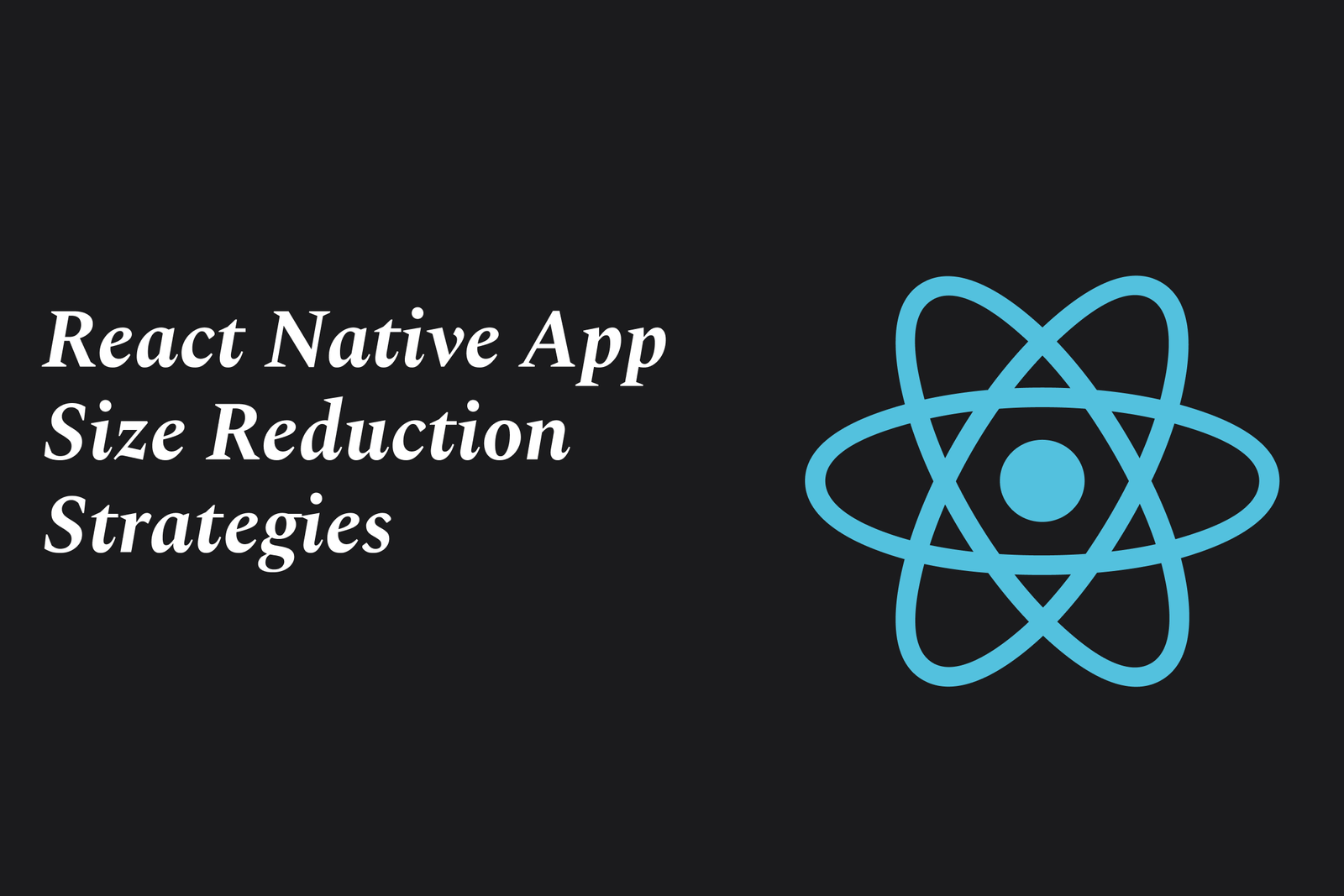The React Native Community?S Most Popular Plugins In 2025
The React Native community’s most popular plugins in 2025 enhance app functionality with tools for Bluetooth integration, authentication, navigation, and performance. These plugins address evolving developer needs and compatibility challenges, enabling richer, cross-platform mobile experiences.
The React Native Community’s Most Popular Plugins in 2025
1 ) Introduction to React Native in 2025
React Native continues to be a popular framework for building cross platform mobile applications. However, with evolving developer needs, the community increasingly relies on plugins to enhance functionality, integrate native features, and improve developer experience.
2 ) Challenges Highlighted by Developers
A common challenge surfaced in the community involves compatibility issues such as Java and Gradle version mismatches during Android builds. For example, developers upgrading from Expo to bare React Native workflows encounter build failures linked to unsupported Java versions. Community advice often recommends aligning Gradle wrapper properties and using supported Java versions (e.g., downgrading from Java 22 to Java 20 ) to resolve build issues.
3 ) Popular Plugin Types and Use Cases
Bluetooth and Hardware Integration: Plugins enabling Bluetooth sensor data collection and local data storage (e.g., using SQLite) are highly sought after, especially since Expo’s managed workflow limits native module access.
Authentication: The Auth0 React Native SDK is widely adopted for robust authentication solutions within apps, though developers report ongoing issues with its compatibility in Expo environments and recommend following updated community quickstarts or switching to bare workflows for full support.
Navigation and UI Components: Popular UI toolkits and navigation libraries remain essential for building expressive and performant interfaces.
Server Components and Performance Enhancements: With the React 19 release, features like React Server Components and advanced form integrations have begun to influence React Native plugin development, fostering more efficient client server interactions.
4 ) Community Dynamics and Support
The React Native ecosystem thrives on active discussions addressing plugin issues and developments. Developers frequently turn to forums, GitHub issues, and community chats for solutions to integration problems, reflecting a healthy but complex ecosystem influenced by evolving framework versions and external dependencies.
5 ) Outlook for React Native Plugin Development
The trajectory for 2025 indicates growing emphasis on resolving fragmentation caused by differing environment constraints (Expo vs. bare workflow), improving documentation and developer relations around plugins, and embracing new React features like Server Components. Plugin maintainers are focusing on compatibility, better error handling, and seamless integration to foster smoother development experiences.
Summary:
React Native's plugin ecosystem in 2025 remains vibrant but presents challenges tied to tooling compatibility and evolving React features. Bluetooth, authentication, navigation, and performance related plugins dominate the landscape, with the community playing a crucial role in troubleshooting and advancing plugin capabilities to meet modern app demands.
https://justacademy.in/news-detail/android-foldable-device-software-news
https://justacademy.in/news-detail/using-google’s-vertex-ai-with-flutter-apps
https://justacademy.in/news-detail/android-background-process-optimizations
https://justacademy.in/news-detail/react-native?s-latest-animation-libraries-will-blow-your-mind
https://justacademy.in/news-detail/react-native-0.75?s-most-exciting-features-?-full-breakdown
Related Posts
React Native’s latest updates bring a new architecture, improved performance with Hermes engine, better debugging tools, enhanced styling, and seamless native integrations—making cross-platform app development faster, smoother, and more reliable than ever, enticing developers to switch back.
The React Native Expo SDK roadmap for 2025 focuses on enhancing cross-platform app development with improved native code integration, faster deployment, advanced testing, and seamless collaboration—empowering developers to build high-performance, production-ready apps efficiently.
React Native’s developer experience sees a major boost with its new architecture, enabling smoother UI rendering, synchronous layout updates, and support for React 18 features. These improvements enhance performance, simplify development, and future-proof mobile app creation.
React Native’s upcoming features focus on a new default architecture for improved performance, enhanced debugging tools, better TypeScript support, and expanded platform compatibility. Frameworks like Expo streamline development with automated builds and live updates, making cross-platform app creation faster and easier.
React Native enables cross-platform native apps using JavaScript and React, while WebAssembly offers near-native performance for running code in any environment. Together, they represent the next frontier for building fast, portable, and secure apps across mobile and web platforms.
React Native’s new code splitting techniques optimize app performance by loading JavaScript code only when needed. Using Hermes bytecode, lazy-loaded components, inline requires, and platform-specific modules reduces startup time and memory usage for smoother, faster apps.
React Native is gaining traction in emerging markets due to its ability to build efficient, cross-platform mobile apps with a single codebase, reducing costs and development time. Its strong community support and performance make it ideal for fast-growing, mobile-first regions.
React Native developer salaries are rising due to high demand for cross-platform mobile apps, limited skilled talent, and its efficiency in reducing development time. As businesses prioritize faster launches and cost-effective solutions, skilled React Native developers command higher pay.
React Native enables building native mobile apps using JavaScript and React, while Expo enhances this by offering a powerful framework with tools, libraries, and services that simplify development, testing, and deployment—making their partnership efficient and developer-friendly.
React Native app size reduction strategies involve optimizing code, assets, and dependencies to minimize the app’s binary and bundle size. Techniques include enabling Hermes, using Proguard, compressing images, removing unused assets, and leveraging Android App Bundles for efficient delivery.










